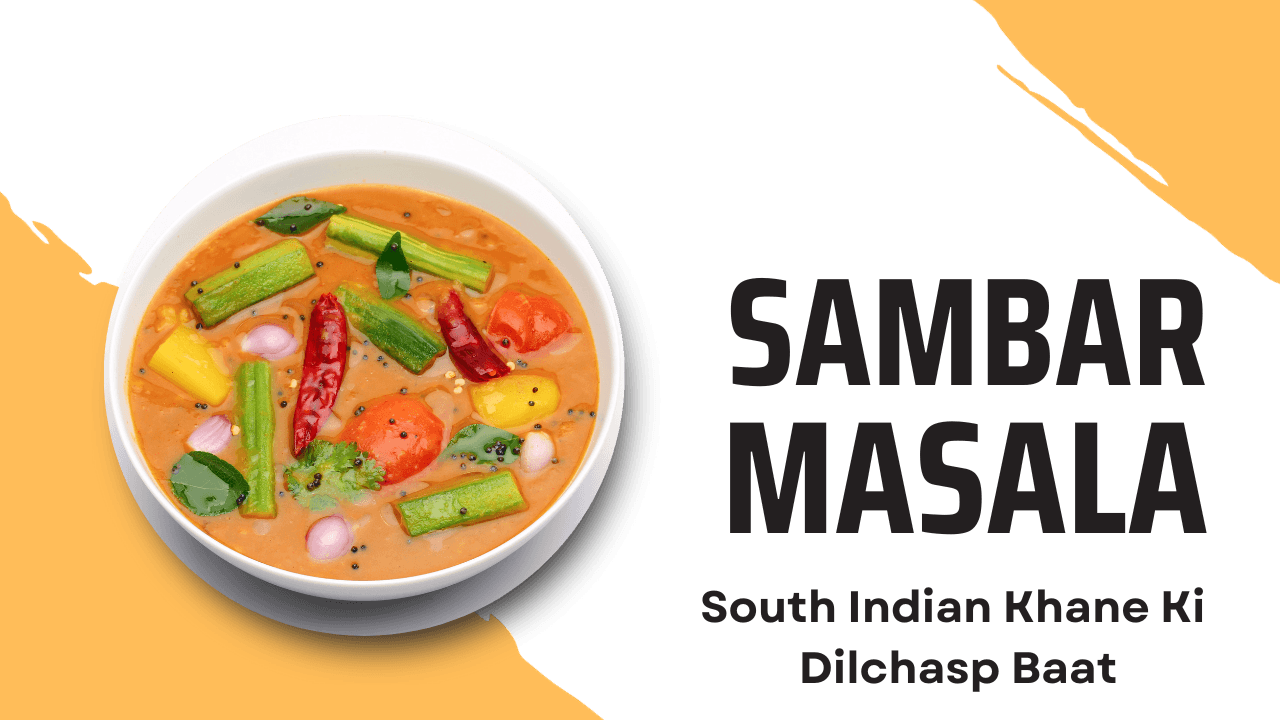INDIAN CHINESE CUISINE & ITS RISE TO POPULARITY IN INDIA

Chinese cuisine is the most popular “foreign” cuisine in many places in India. Even high-end restaurants in India offer a variety of ‘Chinese’ cuisine that is becoming increasingly popular with the country’s youth. Dishes labelled “Chinese” in the West are nothing like what most people in the West think of as “Chinese” because they combine traditional Chinese components with the hot, complex flavors of Indian Chinese cuisine. As a result, the term “Indian Chinese” or “Indo-Chinese” refers to a specific set of Chinese cuisine adapted to suit the Indian palate’s preference for spicy meals.
The beginnings of this fusion can be traced back to British India’s capital city of Calcutta, in eastern India, in the 18th century. In Calcutta, several members of the Hakka Chinese community emigrated from China and founded successful businesses. To provide the groundwork for what would become India’s most beloved dish, their contributions to the community were crucial in establishing India’s first Chinatown.
Adapting Cuisines
The first Hakka Fresh and ground spices in Indian cuisine would have been well-known to Chinese restaurateurs. As a result, they used their traditional Chinese cooking techniques and adapted the sauces to include Indian staples like chilli, ginger, garlic, and other spices. Spices like cumin, coriander, and turmeric are commonly used in Indian-Chinese cooking. However, they are not traditional Chinese ingredients.
Fast food places began popping up throughout Calcutta and the rest of India, providing this new type of cuisine. The cuisine’s popularity may be ascribed to the development of food with recognizable flavors and sensations but presented in a completely unusual way. Indo-Chinese recipes might be easily altered to accommodate the country’s substantial vegetarian population because of the wide variety of ingredients.
Many Indians see Indo-Chinese food as authentic Chinese food. They are sometimes startled (and possibly disappointed) when they taste genuine Chinese cuisine, which is typically healthier, bland, and usually meat-centric. There are substantial populations of Indians living outside India, and access to Indo-Chinese cuisine is readily available in those areas where significant numbers of Indians dwell. This is made feasible by nostalgic Indians overseas, who yearn for the simplicity and spice of their favorite “foreign” food.
Schezwan dosa, chilli idli, and Chinese bhel are just a few examples of ever-evolving gastronomic fusion. Indian food’s popularity and ability to adapt to local cuisine are seen in this example.
The best Indian Chinese dishes
The next time you’re at your local Indian restaurant, look at the Indian Chinese part of their menu.
- Chop Suey – This mild dish, also known as American Chop Suey, combines crisp fried noodles with a cornstarch-thickened sauce and thinly sliced veggies to create a satisfying meal.Sweet Corn Soup Corn kernels give sweetness and sourness to the soup, while soy sauce and vinegar bring out the saltiness of the vegetables.
- Manchurian (cover image) – The deep-fried Indian snack pakora or bhajia can be compared to the Manchurian style of cuisine. In this dish, pieces of meat, fish, or vegetables are dipped in a batter and then deep-fried in a brownish-red sauce that includes ginger, garlic, onion, and chilli. Indian cottage cheese paneer and gobi Manchurian are two popular vegetarian options (the latter being one of my favorites). This meal can be served either dry or moist (a thickened gravy).
- Chow Mein – Capsicum, carrots, and cabbage are stir-fried with thin noodles. There is a subtle balance of flavors in the sauce, including vinegar sourness, saltiness from soy sauce, and heat from fresh green chillies and pepper.
- Hakka Noodles– are made with the same essential ingredients and seasoning as Chow Mein. There are also Indian grocery stores that sell the “Hakka” noodle.
- Schezwan Rice – Schezwan is the name given to a spicy sauce prepared with vinegar and soy sauce and dried red chillies that have been soaked and simmered in a mixture of ginger, garlic, and onions. To be accurate, it should say “Sichuan,” after the landlocked province in southwest China noted for its peppercorn production. The spiciness is a hallmark of cuisine from the region of Sichuan in China, where spices such as garlic and ginger are popular ingredients in meals.
Final Words
Cooking and seasoning techniques from China have been adapted to suit the tastes of Indians. In addition to Schezwan Chutney and Dark Soy Sauce, My Chang also offers earthlyjoy soy sauce, red chilli sauce, green chilli sauce, and Chili Vinegar, all of which have the same exceptional flavour and quality, as well as unique designs and packaging. As an evening snack or to accompany simple fried rice, you may use it in many different ways. Our Chang products are sure to surprise and amaze you.




